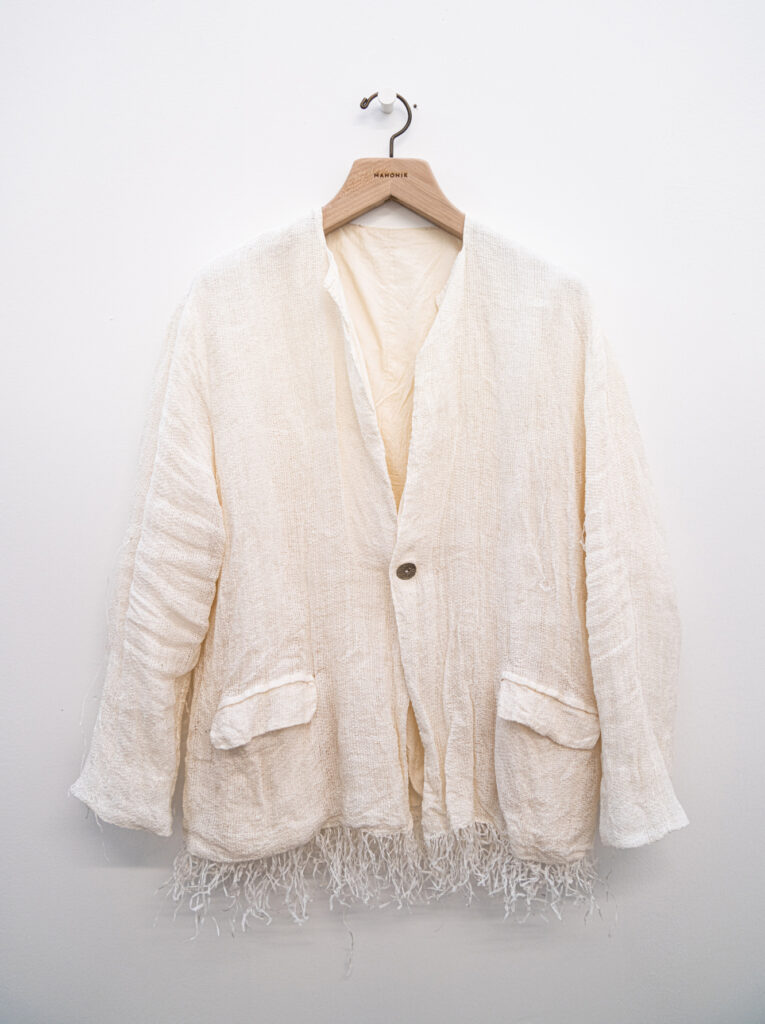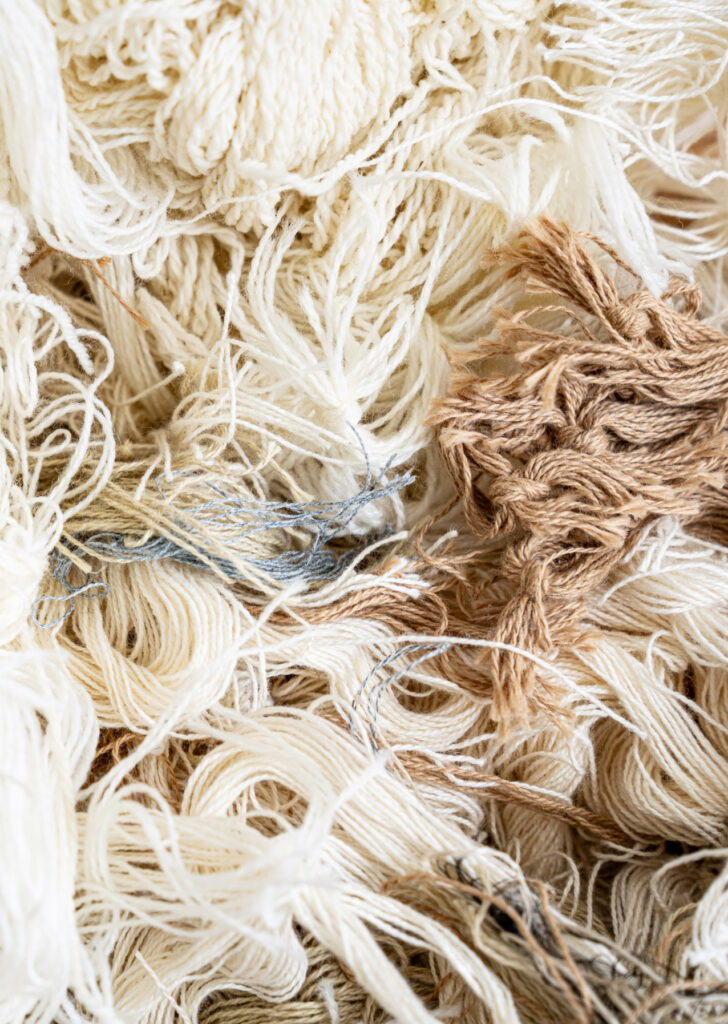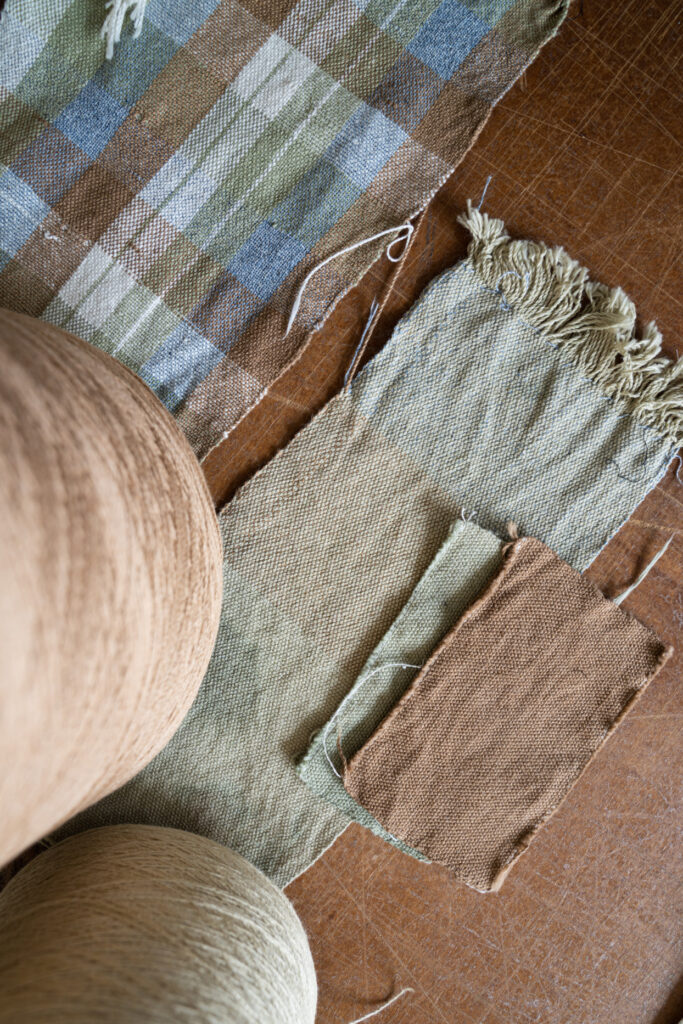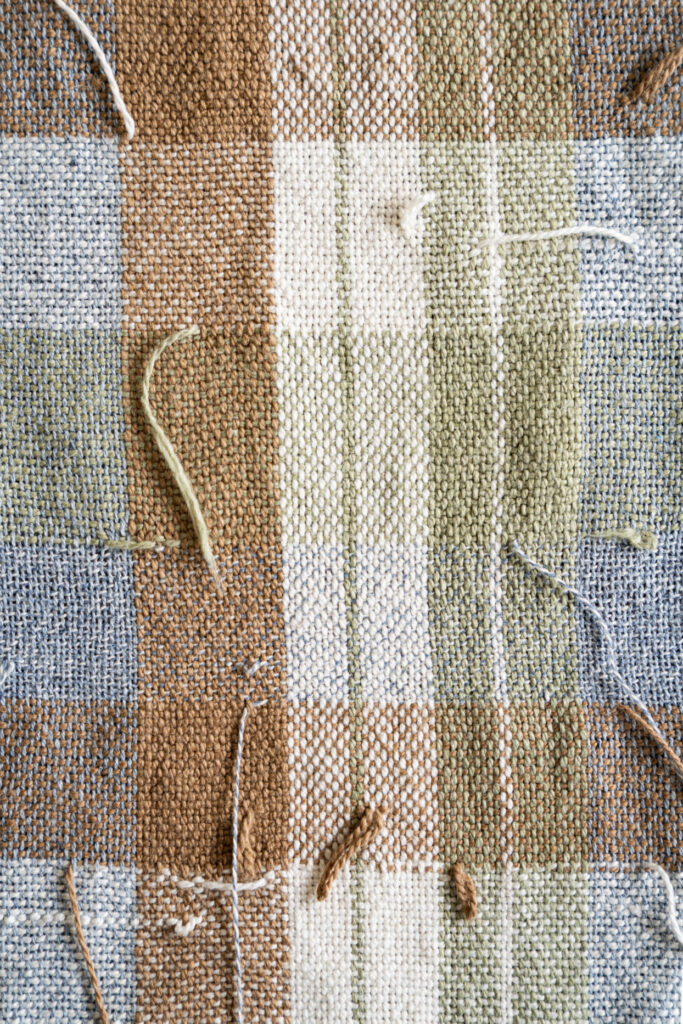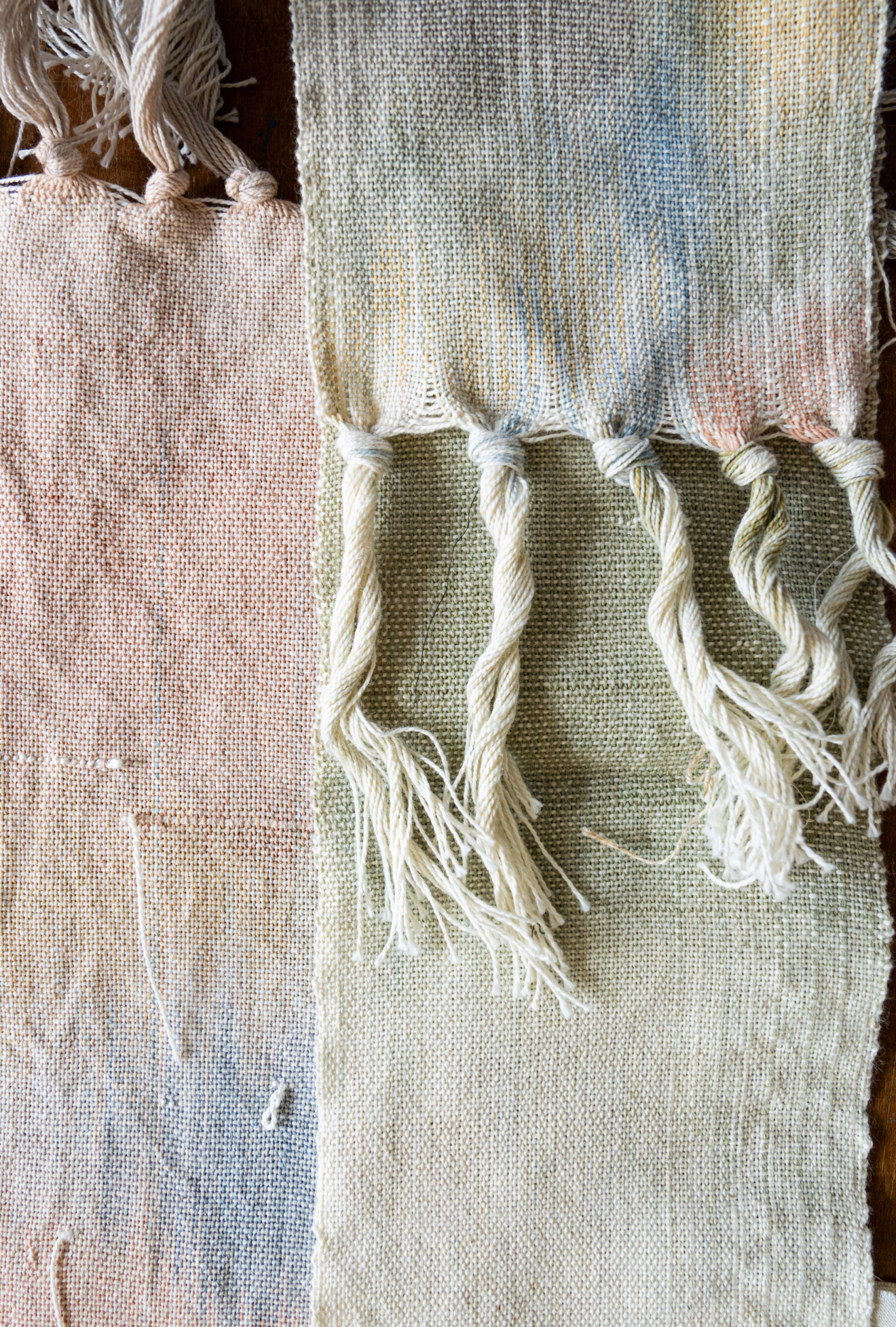
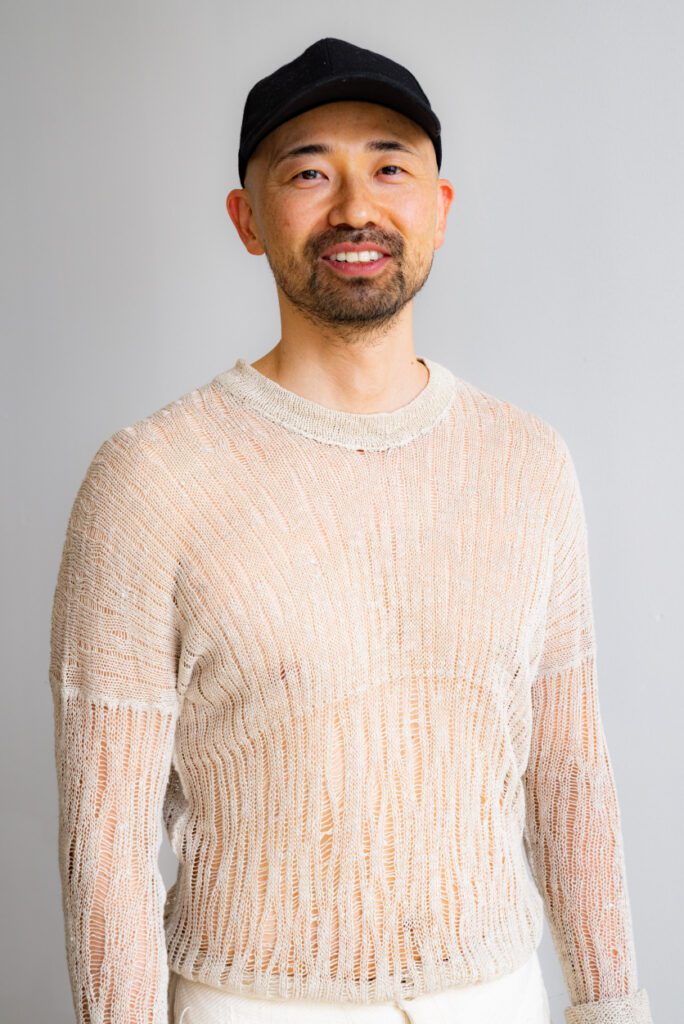
Yoshiuki Minami was born and raised in Niihama, a former copper mining city on the inland sea coast of Japan. For the last two decades he has made the U.S. his home, and like many who cross an ocean to live somewhere new, he now exists in a duality of simultaneous cultures. Minami founded the brand Manonik in 2016. Throughout each season’s collection, traditional Western silhouettes intersect with textile-focused, hand-made fabrics which reference the landscape and the deep connection to nature that is at the core of his native culture.
To construct each garment, Minami weaves all of the cloth by hand. This process follows a long period of research and care in sourcing every fiber. There is a purity in the intention of this work, one that prioritizes a full transparency of the material supply chain, and highlights the value of labor. The evidence of the hand is conspicuous. No two garments are the same, and each unique fabric reads like a ground, like something slowly cultivated and coaxed out of a garden. Fibers are at times encouraged to remain fibers, with some of their natural wildness permitted to escape the weave, or their end pieces enticingly left to dangle.
NO TWO GARMENTS ARE THE SAME, AND EACH UNIQUE FABRIC READS LIKE A GROUND, LIKE SOMETHING SLOWLY CULTIVATED AND COAXED OUT OF A GARDEN. FIBERS ARE AT TIMES ENCOURAGED TO REMAIN FIBERS, WITH SOME OF THEIR NATURAL WILDNESS PERMITTED TO ESCAPE THE WEAVE, OR THEIR END PIECES ENTICINGLY LEFT TO DANGLE.
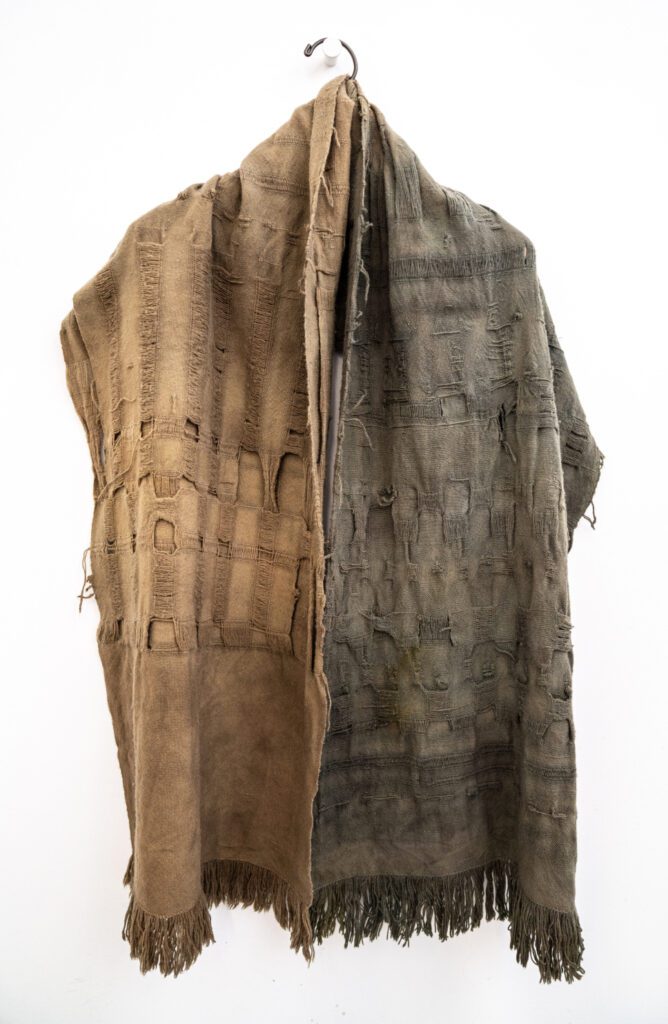
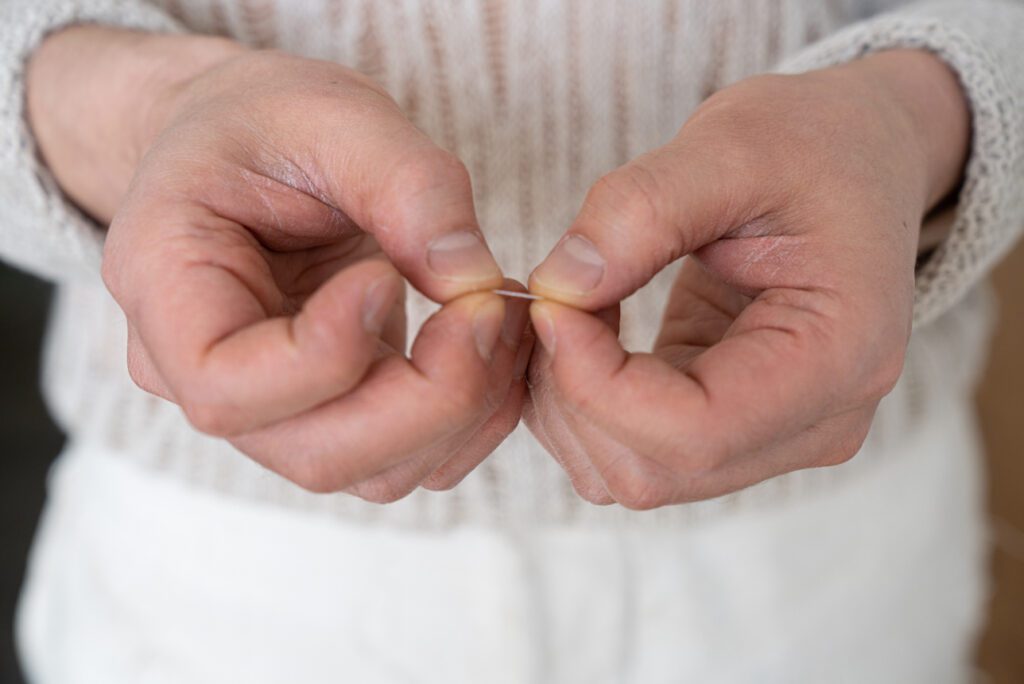
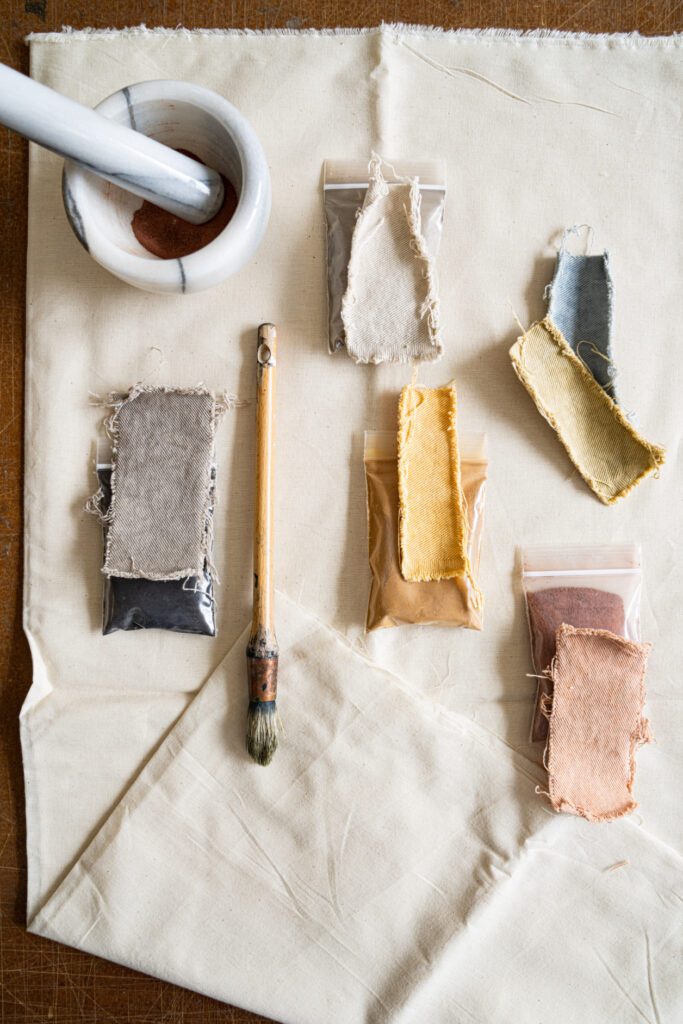
When Minami decides to add color to a fabric, he sources only natural dyes, and bathes the fibers in a process that uses the milk proteins of plants. The color fixes slowly, sometimes taking months to cure. During this time, the garments or yarns spend their time away from direct sunlight, ripening, so that they can be worn outside and retain their hue.
Minami begins the process of making a garment by sourcing materials as locally as possible. He prefers plant based fibers with naturally occurring colors, as in unbleached cottons which retain their indigenous greens and browns. These fibers merge unexpectedly into plaids and tartans, but retain their connection to the earth. The resulting cloth is at once evolved design and prima materia.
While some wearable pieces are a simple draping of a handwoven textile, as in a series of shawls or ‘haori’, fine tailoring also occurs, in the form of precise, three dimensional weavings. This is a process which Minami has developed. Pants and jackets are finely shaped directly on the loom. Minami combines his devotion to natural materials with a deep knowledge of clothing construction and the resulting apparel is a bespoke, lifted landscape.
To put on a Manonik garment is to be surrounded in the embrace of an artist’s design. The precision in the three dimensional weave accepts our asymmetries, the subtle curvatures of our elbows and shoulders. The garment anticipates motion, draping unpretentious, unvarnished, fiber tendrils emerging.
This commitment to slowness, to the beauty of careful labor, and to absolute knowing of the origin of the materials is an effort to redirect our futures to a better relationship with our economy and environment. Participating in acquiring and wearing these clothes is a tactile experience which puts us into harmony.
Manonik comes from the words ‘la mano,’ italian for ‘hand,’ and ‘nik,’ three letters from the artist’s name and a word which denotes a person associated with a specified thing or quality. As such Manonik signifies a person whose existence cannot be without the use of hands.
To learn more about the work of Yoshiuki Minami visit manonik.com

